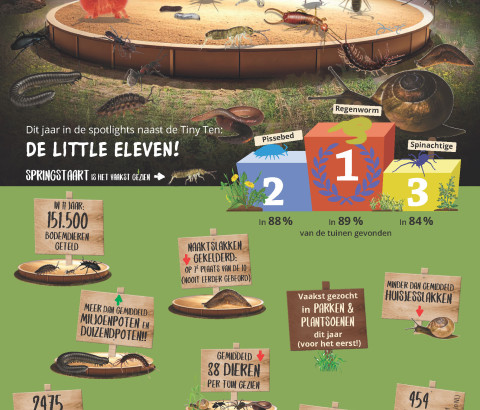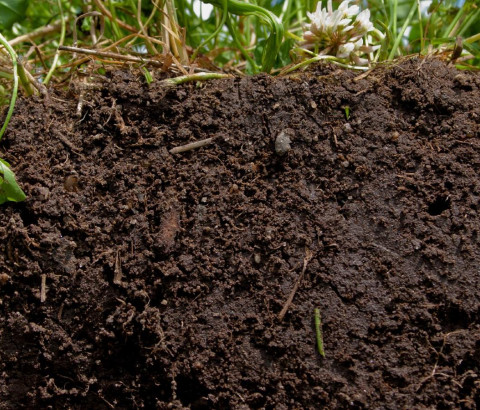Duurzaam gebruik van land & water
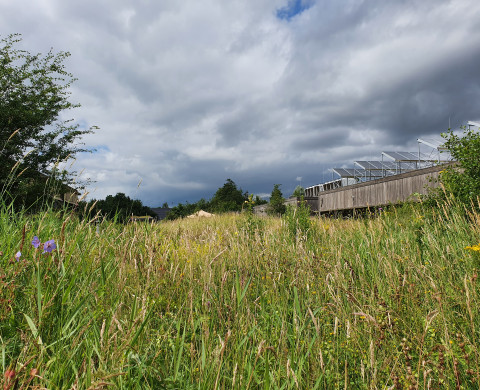
Waarom onderzoek naar duurzaam gebruik?
Gezonde grond en gezond oppervlaktewater zijn essentieel voor leven op aarde. Onze bodem speelt bijvoorbeeld een grote rol in de voedselproductie, de afbraak van vervuilende stoffen en de opslag van koolstof en water. Landgebruik kan alleen maar ecologisch verantwoord en duurzaam zijn als we weten hoe de bodem in elkaar steekt. Ook willen we het ontstaan van overlast door blauwalgen beter begrijpen. Ecologie vormt de ruggengraat van duurzaam land- en watergebruik.
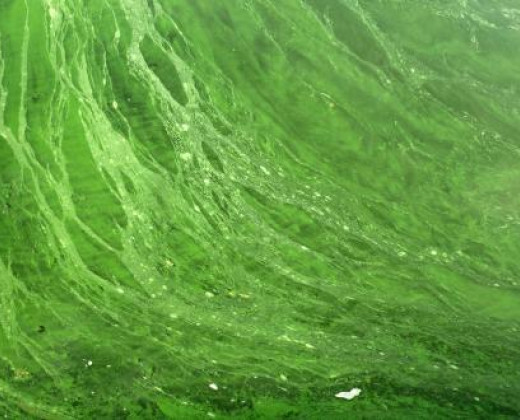
Wat onderzoeken we?
Hoe beïnvloeden pesticiden en overtollige nutriënten ons ecosysteem? Hoe draagt ons bodembeheer bij aan de ontwikkeling van plagen? Wat kunnen we doen tegen blauwalg? Ons onderzoek naar duurzaam land- en watergebruik raakt allerlei thema’s. NIOO-KNAW onderzoekt de gevolgen van directe en indirecte interactie met de bodem en daarmee ook hoe bodemgebruik duurzamer kan. Op de Marker Wadden onderzoeken we een door de mens gemaakt ecosysteem. Hoe ontwikkelt het zich?
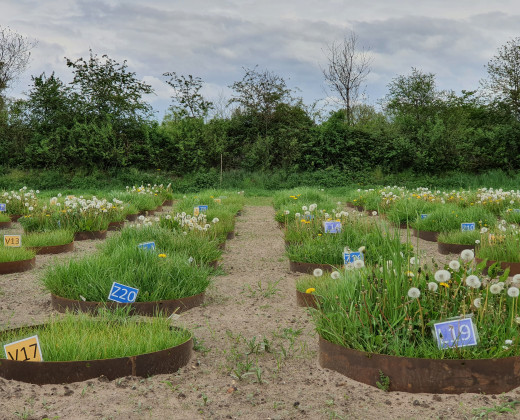
Hoe wordt ons onderzoek toegepast?
Ecologisch onderzoek zorgt voor innovaties. Met behulp van deze innovaties wordt bodemgebruik duurzamer bijvoorbeeld. Dat betekent minder pesticiden en gezonde groei van gewassen, zonder kunstgrepen. Hoe? Met behulp van microben! En zo leren we bijvoorbeeld omgaan met soorten die van nature niet in Nederland voorkomen (invasieve exoten), zoals de Amerikaanse rode rivierkreeft.
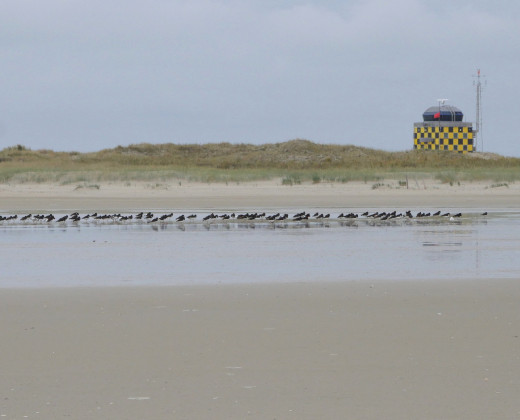
Experts
-
Prof. dr. Liesbeth Bakker
- Functie
- Senior Researcher

-
Prof. Jos Raaijmakers PhD
- Functie
- Afdelingshoofd
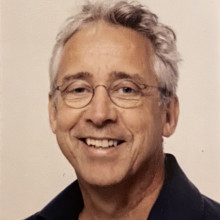
-
Prof. dr. ir. Dedmer Van de Waal
- Functie
- Senior Researcher

-
Prof. dr. ir. Eiko Kuramae PhD
- Functie
- Senior Researcher

-
Prof. dr. Suzanne McGowan
- Functie
- Afdelingshoofd
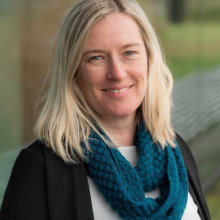
-
Dr. Ciska Veen
- Functie
- Afdelingshoofd

-
Dr. ir. Kamiel Spoelstra
- Functie
- Researcher
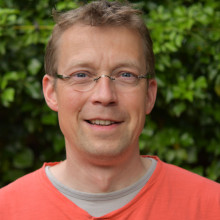
-
Prof. dr. Lisette de Senerpont Domis
- Functie
- Senior Researcher

-
Prof. dr. Stefan Dekker
- Functie
- NIOO Director
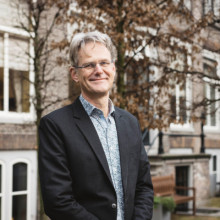
-
Dr. Ellen Weerman
- Functie
- Lector
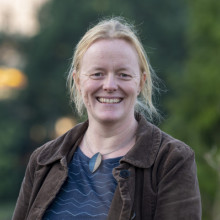
-
Prof. dr. Paolina Garbeva
- Functie
- Senior Researcher

-
Prof. dr. ir. Dedmer Van de Waal
- Functie
- Senior Researcher

-
Dr. Viviane Cordovez
- Functie
- Senior Researcher

-
Dr. Paul Bodelier
- Functie
- Senior Researcher

-
Dr. ir. Tania V. Fernandes
- Functie
- Gastmedewerker
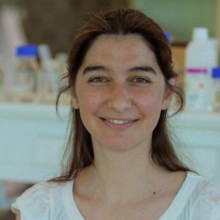
-
Em. Prof. dr. Wietse de Boer
- Functie
- Researcher

-
Em. Prof. dr. ir. Wim H. van der Putten
- Functie
- Researcher
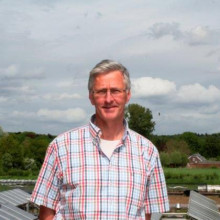
Dossiers
-
 Lees meer
Lees meer -
 Lees meer
Lees meer -
 Lees meer
Lees meer -
 Lees meer
Lees meer -
 Lees meer
Lees meer -
 Lees meer
Lees meer -
 Lees meer
Lees meer -
 Lees meer
Lees meer -
 Lees meer
Lees meer
